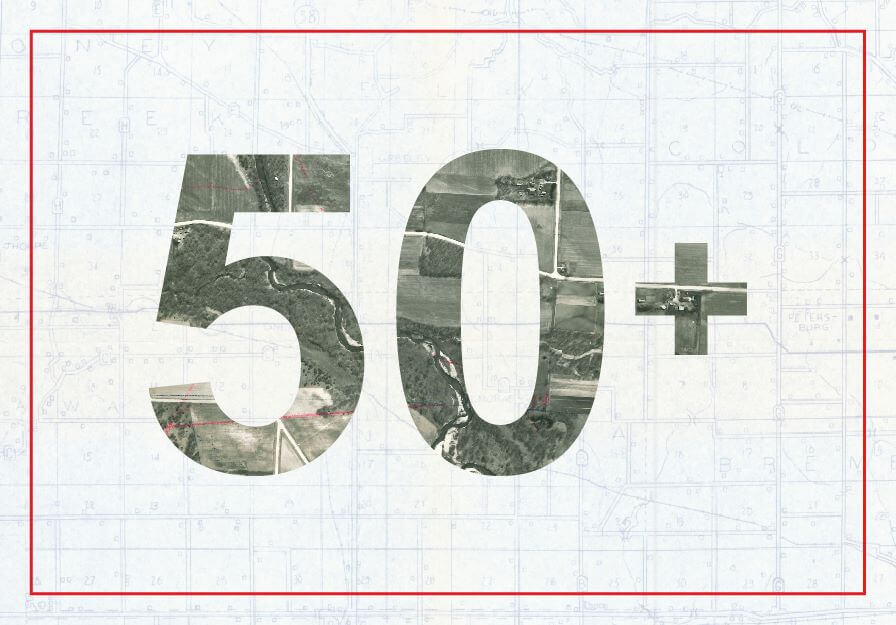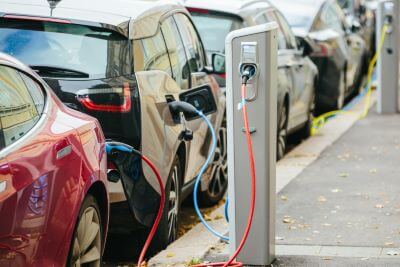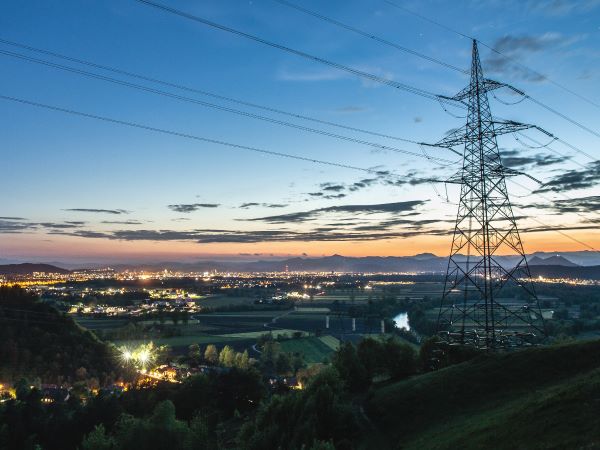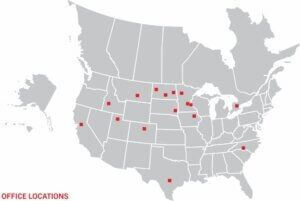New vs. Modernized Infrastructure: Which is the Path Forward?
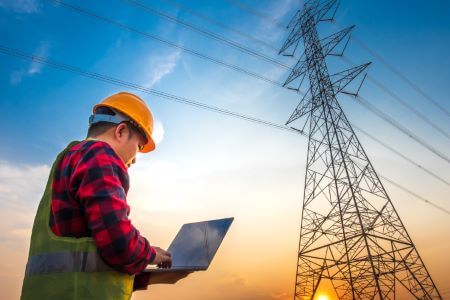
October 12, 2023
From the span of interconnections that create America’s power grid to the bridges and highways that make up a vast map of roadways to the plants, drainage and flood control systems that help deliver clean water, infrastructure is the backbone of our society. It enables delivery of the power, renewables, transportation and water services we depend upon every day.
In the face of increasing energy demands and the need for more sustainable energy sources, there’s a significant choice that’s become a critical, and at times, difficult consideration for utilities and their stakeholders:
Invest in building new or modernize existing infrastructure?
Key data strongly suggests that a robust infrastructure touching on each of our Lifeline Sectors® is needed more than ever, given recent funding gaps. According to the McKinsey Global Institute, $3.3 trillion must be invested in infrastructure each year by the start of the next decade to support anticipated global growth rates.
So as we advance into a future where infrastructure design must keep evolving to meet these emerging needs, deciding between building new or upgrading the old is not a binary one since both avenues carry their own unique advantages and drawbacks.
Initiating the New
Constructing new infrastructure from the ground up opens the door to a multitude of possibilities.
Customization for Future Needs
Building new infrastructure provides a blank canvas, allowing developers to tailor projects to meet a wide array of potential goals. This flexibility enables the creation of highly efficient and adaptable systems that can evolve with changing requirements. For example, emerging technologies like smart grids and renewable energy can be seamlessly integrated into new infrastructure designs, maximizing efficiency and sustainability.
Minimal Impact on Existing Infrastructure
New projects can be meticulously planned and executed with minimal disruption to existing infrastructure. This approach ensures fewer outages, reduced downtime and continuity of service, all of which are critical factors in maintaining a reliable energy supply. This also leads to enhanced grid reliability and reduced maintenance requirements over time.
Focused Capital Investment
Investing in new infrastructure directs capital solely towards adding capacity to existing systems, optimizing capital expenditure. This ensures that financial resources are allocated efficiently to meet growing energy demands while minimizing waste.
However, embarking on the path of constructing new infrastructure is not without its challenges and drawbacks.
Permitting and Environmental Hurdles
Constructing new infrastructure often involves a complex and time-consuming permitting process. Acquiring right-of-way and environmental permits can be formidable hurdles, adding significant time and cost to projects. In some instances, the permitting process for new transmission lines can extend many years, in some cases decades, substantially increasing costs and timelines.
Public Acceptance
Resistance to new infrastructure near environmentally sensitive areas, private residences or where visual sight lines are impacted can pose a considerable challenge. Gaining public acceptance is vital as opposition can lead to protests, legal disputes and delays in project completion. Effectively balancing public interests with the need for expanded infrastructure is crucial to project success.
Modernizing the Old
Upgrading and updating legacy infrastructure is a strategy that strategically leverages what’s already in place.
Streamlined Permitting
Modernizing existing infrastructure benefits from already-established land use, resulting in fewer permitting and environmental hurdles to overcome. This consolidated process can significantly expedite project timelines, reducing overall project costs and uncertainties.
Reduced Right-of-Way Issues
Since the infrastructure is already in place, modernization projects typically require little or no right-of-way additions, simplifying the process and reducing land acquisition costs. This efficiency can lead to substantial savings in terms of both time and money.
Cost Efficiency
Depending on the state and condition of the infrastructure, modernization can often be a cost-effective option. By avoiding the need to build entirely new systems, upgrading can result in substantial savings.
Extended Lifespan
Modernization allows for the replacement of aged components, reducing ongoing operation and maintenance costs. This ensures the long-term sustainability of the asset, improves system reliability, and minimizes the risk of unexpected failures.
Consider that bringing older infrastructure up to date can also present its own set of challenges and limitations.
Footprint Limitations
Modernization projects are often constrained to the existing infrastructure footprint, limiting the scope for design and capacity expansion. This constraint can pose challenges when attempting to accommodate growing energy demands or when integrating new technologies.
Service Outages
Upgrading existing infrastructure often necessitates temporary service outages to replace or modify components. These outages can inconvenience users, disrupt operations and temporarily reduce system capacity. Managing these outages and minimizing their impact on consumers and businesses can be a complex task, requiring careful planning and coordination.
Striking a Balance: A Dual Approach
Involving both strategies — building new infrastructure and modernizing existing systems — is the most practical solution for developers, according to Mark Scheid, market director for Ulteig’s Power Lifeline Sector®.
“The limitations of trying to work within our existing infrastructure footprints is not always practical,” he says. “Transmission will need to move to accommodate generation not being in the physical place it has historically been. New loads will require transmission additions in new locations. For example, if a large shipping facility is built and has a substantial EV charging load, it will require new distribution and/or transmission to serve the facility.”
Scheid notes that’s where upgrading current, long-standing infrastructure in tandem with building out new holds the highest value.
“Utilizing existing corridors and replacing aged infrastructure are important,” he notes. “Technology advancements may make upgrades even more attractive — new transmission conductor types that allow more power with the same physical weight. Dynamic line ratings extend the capacity of existing infrastructure by factoring in real-time ambient conditions.”
Infrastructure for Today and Tomorrow
The choice between new and modernized infrastructure shouldn’t be an either-or proposition. It’s a careful, strategic blend of both that will allow us to accommodate future energy demands and achieve our sustainability goals.
Ulteig is deeply involved in both sides of this equation, designing infrastructure for new and upgraded projects, supporting environmental surveys and permitting applications, and handling right-of-way acquisitions. We also recently partnered with LineVision, a technology vendor that offers dynamic and ambient adjusted line ratings, demonstrating our commitment to modernizing existing infrastructure.
If you’d like to learn more about Ulteig’s approach to maximizing modernization across all its Lifeline Sectors, feel free to contact us today.
WHAT MAKES ULTEIG DIFFERENT?
From global energy producers to locally funded cities and private developers to government agencies, the clients we serve encompass a broad range of relationships and projects. Find out why Ulteig is a leader in the engineering industry.
Contact Us
